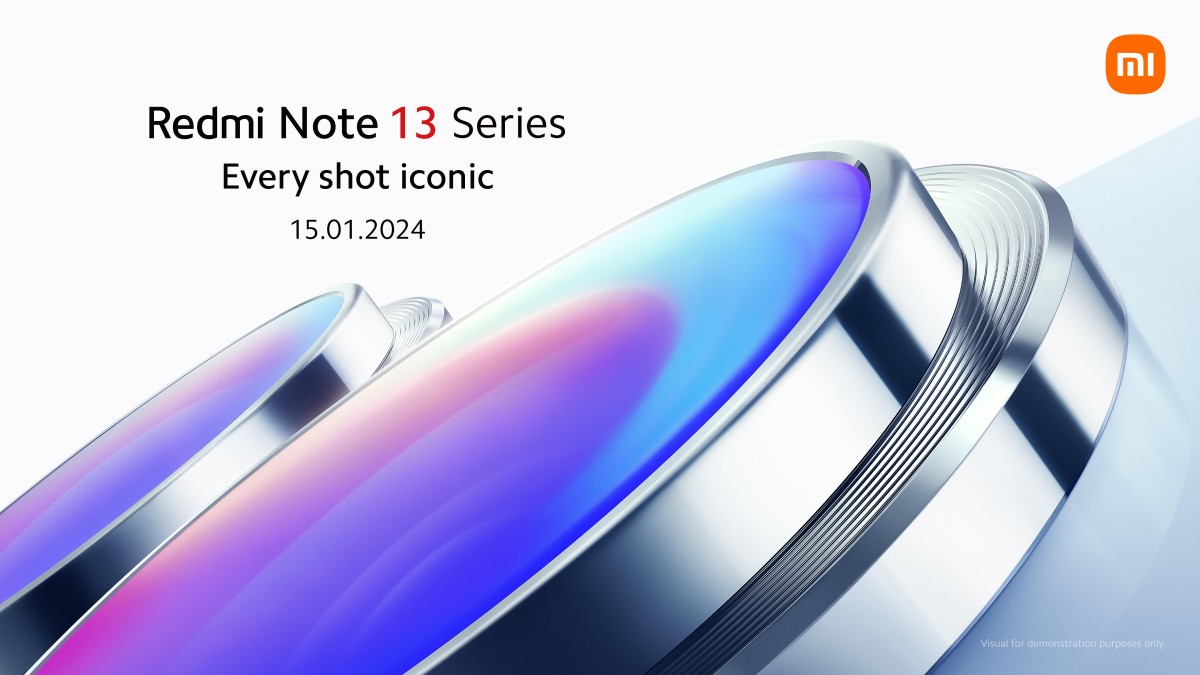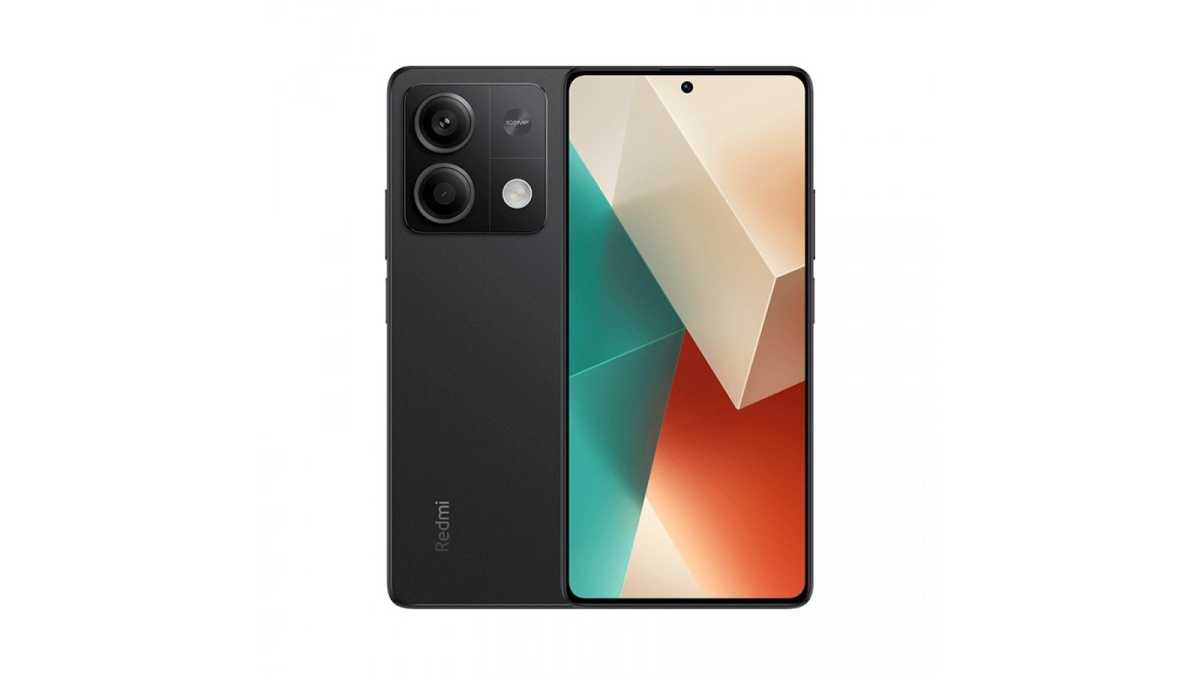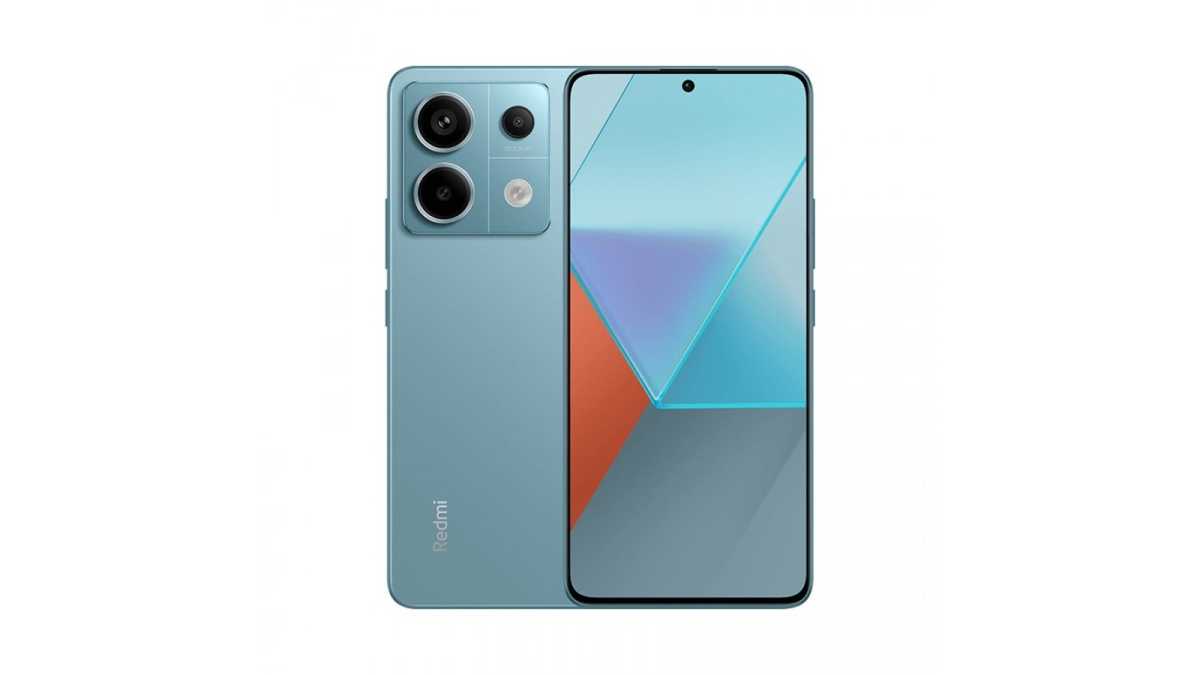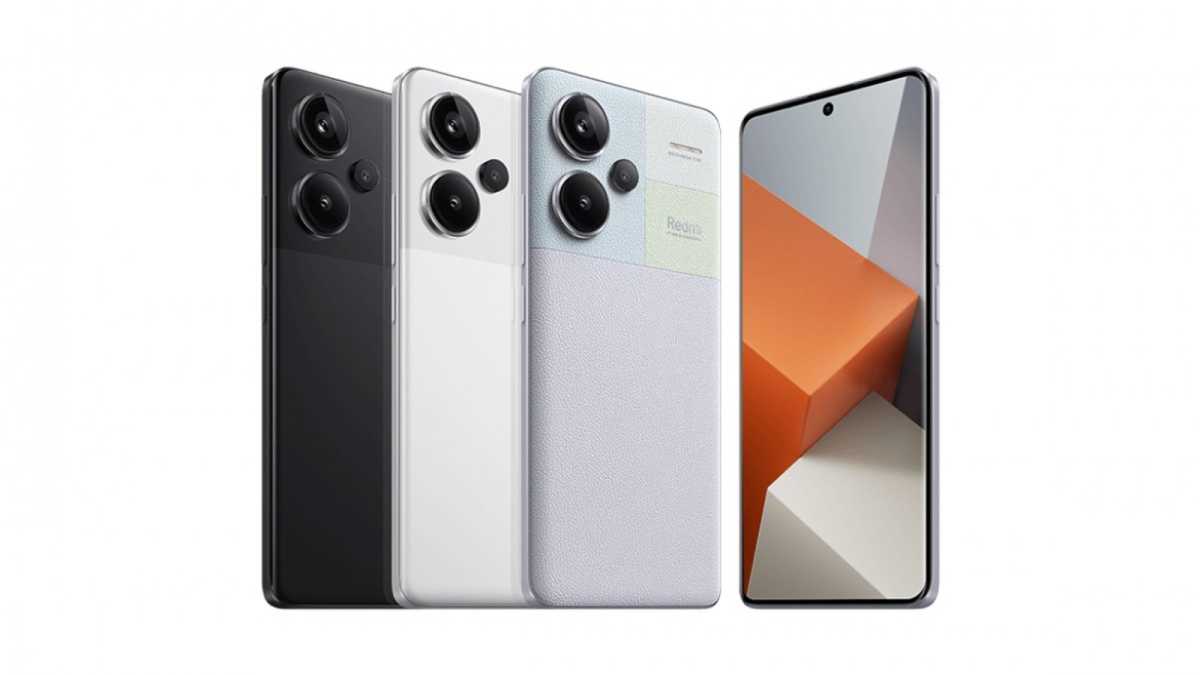Xiaomi makes a lot of great phones every year, but its Redmi sub-brand is particularly adept at affordable handsets.
The Redmi Note 12 series made a real splash last year, with a total of four phones arriving in the UK and Europe. Depending on your budget, you could make a strong case for buying the Redmi Note 12, 12 5G, 12 Pro or 12 Pro+.
But Xiaomi is going one better in 2024, with five Redmi Note 13 handsets to choose from. With four of them having now been released, here’s everything you need to know.
When was the Redmi Note 13 series released?
Xiaomi first launched the Redmi Note 13 series in China on 21 September 2023. They then arrived in India on 4 January 2024.
Fortunately, we didn’t have to wait much longer for the global launch. It took place on 15 January 2024.

Xiaomi
In total, five phones were unveiled: the Redmi Note 13, Note 13 5G, Note 13 Pro, Note 13 Pro 5G and Note 13 Pro+.
Four of them are available now in the UK, having been released on 1 February 2024. But a release date for the 4G version of the Redmi Note 13 Pro is yet to be confirmed.
- Buy the Redmi Note 13
- Buy the Redmi Note 13 5G
- Buy the Redmi Note 13 Pro 5G
- Buy the Redmi Note 13 Pro+
As well as the Xiaomi website, the devices are also available from Amazon, Currys and Very in the UK.
As usual, this global launch doesn’t include the US. Xiaomi doesn’t sell any of its phones there, and that’s unlikely to change anytime soon.
How much does the Redmi Note 13 cost?
Here are the confirmed starting prices for the phones in the UK and Europe:
- Redmi Note 13 (4G) – £199/€199
- Redmi Note 13 5G – £279/€200
- Redmi Note 13 Pro (4G) – £279/€299
- Redmi Note 13 Pro 5G – £339/€399
- Redmi Note 13 Pro+ (5G) – £449/€499
Pricing has remained largely the same as the Redmi Note 12 series, which is good to see:
- Redmi Note 12: From £219/€249
- Redmi Note 12 5G: From £279/€299
- Redmi Note 12 Pro: From £339/€399
- Redmi Note 12 Pro+: From £449/€499
What specs and features does the Redmi Note 13 have?
There are no fewer than five phones in the Redmi Note 13 series. Let’s go through all of them.
Redmi Note 13 and 13 5G
Let’s start with the regular Note 13, which is available in 4G and 5G models. The key difference between them is the chipset, with the 4G version using a Qualcomm Snapdragon 695, while the 5G version steps up to the MediaTek Dimensity 6080.
Interestingly, the cheaper 4G model opts for a in-display fingerprint sensor, rather than the side-mounted version on the Note 13 5G. You also get dual speakers rather than just the one.
But the two phones are identical in all the other key specs. That includes a 6.67-inch, 1080×2400 OLED panel with 120Hz refresh rate.
However, the 5G version benefits from tougher Gorilla Glass 5 rather then Gorilla Glass 3 on the Note 13 4G. Another key durability factor – IP54 water and dust resistance – is present on both phones.

Xiaomi
The rear cameras on both phones are headlined by a 108Mp main sensor, which is joined by 8Mp ultrawide and 2Mp macro lenses. On the front, the 16Mp selfie camera also supports ‘AI Face Unlock’, though Xiaomi hasn’t detailed what this entails.
The 5000mAh battery on both phones supports 33W fast charging, with the necessary charger included in the box. There’s still no wireless charging, though.
One other feature of note is a 3.5mm headphone jack, which you won’t find on many phones in 2024.
Redmi Note 13 Pro and Pro 5G
There was just one 5G-enabled version of the Redmi Note 12 Pro, but Xiaomi has introduced a 4G version this year. However, unlike the 5G model, a release date for that version is yet to be confirmed.
The Pro 4G uses the MediaTek Helio G99 Ultra chipset, while the 5G version upgrades to the more powerful Qualcomm Snapdragon 7s Gen 2.
The only other upgrades on the 5G model are a slightly higher 2712 x 1220 resolution on the 6.67-inch, 120Hz display (as opposed to 2400 x 1080). You also get a larger 5100mAh battery as opposed to 5000mAh, though both support 67W wired charging via the charger in the box.

Xiaomi
You get an impressive-sounding 200Mp main rear camera on both phones, though it’s still joined by 8Mp ultrawide, 2Mp macro and 16Mp selfie lenses. The latter still supports ‘AI Face Unlock’, but both phones also have an in-display fingerprint sensor.
Internal storage is available in 256- and 512GB options, but only the 4G model supports Micro-SD expandable storage – up to 1TB. Both feature an IP54 water and dust resistance rating.
Redmi Note 13 Pro+
Then there’s the top-of-the-line Redmi Note 13 Pro+. It arguably has the most impressive specs of any mid-range phone.
It’s powered by the Dimensity 7200 Ultra, which isn’t quite MediaTek’s most powerful chipset, but it’s not far off.
The rest of the phone is very similar to the Redmi Note 13 Pro, but that’s still a significant upgrade compared to the previous Redmi Note 12 Pro+. You can expect a 1220×2712 resolution on that 6.67-inch OLED screen, alongside a 120Hz refresh rate.
Rear cameras are comprised of a 200Mp main sensor, 8Mp ultrawide and 2Mp macro, plus a 16Mp selfie lens on the front. It can be used for face unlock, but the under-display fingerprint scanner is more secure.

Xiaomi
While the 5000mAh battery is actually smaller than the Note 13 Pro, the charging is much faster. Like the Note 12 Pro+, it supports 120W wired speeds, with Xiaomi claiming you can go from 0-100% in just 19 minutes. The necessary charger is included in the box, though there’s still no wireless charging.
You also get a flagship IP68 water and dust resistance rating and dual speakers with Dolby Atmos support. But the 3.5mm headphone jack, a feature you’ll find on all other Redmi Note 13 phones, is missing here.
The software experience is identical across all five phones, but it may come as a disappointment. Out of the box, the Redmi Note 13 handsets are still running the same MIUI 14 software (based on Android 13) as their predecessors.
There’s no word on when the update to Xiaomi’s new HyperOS skin, which is based on Android 14, will be available. Xiaomi hasn’t made a specific commitment regarding updates, but it usually supports phones with three Android versions and four years of security patches.
As our full reviews show, the Redmi Note 13 Pro and Pro+ are serious mid-range contenders. And the cheaper phones look to be compelling budget options.
